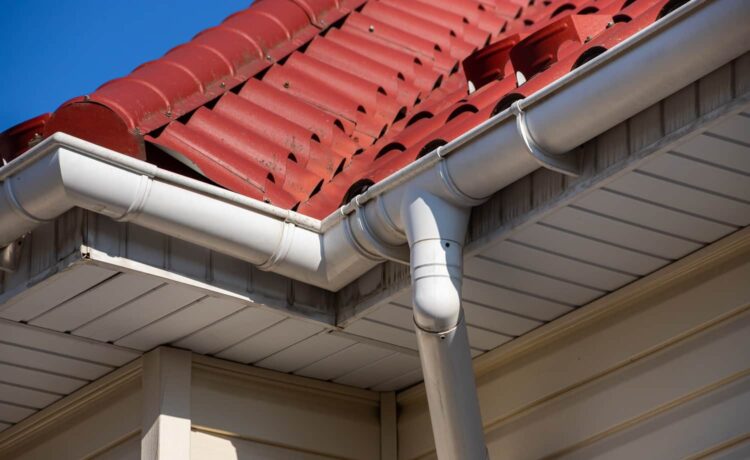Harsh climates can wreak havoc on homes, subjecting them to extreme weather conditions that challenge even the most robust construction. In regions prone to heavy rainfall, snow, ice, and strong winds, gutter installation plays a critical role in weatherproofing your home and protecting it from water damage. In this blog post, we’ll share essential tips for gutter installation tailored to harsh climates, ensuring your home remains safe, dry, and resilient in the face of nature’s fury.
1. Choose Durable Materials: When selecting gutters for harsh climates, durability is paramount. Opt for materials that can withstand the rigors of extreme weather conditions, such as aluminum, stainless steel, or vinyl-coated steel. These materials are resistant to corrosion, rust, and damage from UV exposure, ensuring long-lasting performance in challenging environments.
2. Reinforce Gutter Hangers: Heavy snow and ice buildup can place significant strain on gutter systems, leading to sagging, pulling away from the fascia, or even collapse. Reinforce gutter hangers with additional supports or brackets to provide extra stability and prevent damage during winter storms. Consider using heavy-duty hangers designed specifically for harsh climates for added strength and resilience.
3. Install Properly Sized Downspouts: In regions prone to heavy rainfall or rapid snowmelt, proper drainage is essential for preventing water from pooling around your home’s foundation. Install downspouts that are adequately sized to accommodate the volume of water flowing from the gutters, ensuring efficient drainage and minimizing the risk of water infiltration into the basement or crawl space.
4. Include Ice Dam Prevention Measures: Ice dams, caused by melting snow refreezing at the roof’s edge, can damage gutters, shingles, and underlying roofing materials. Incorporate ice dam prevention measures into your gutter installation, such as installing heating cables or roof-edge ice melt systems. These systems help prevent ice buildup and promote proper drainage, reducing the risk of damage to your home’s exterior.
5. Regular Maintenance is Key: In harsh climates, gutter maintenance is especially critical to ensure proper functionality and prevent damage. Regularly inspect gutters for signs of debris buildup, ice dams, or damage from storms. Clean gutters and downspouts as needed to remove leaves, twigs, and other obstructions that can impede water flow and compromise drainage.
6. Consider Gutter Guards: Gutter guards are an effective solution for minimizing debris buildup and reducing the frequency of gutter cleaning, especially in areas with heavy foliage or frequent storms. Choose gutter guards designed to withstand harsh climates and prevent ice and snow accumulation while allowing water to flow freely.
7. Consult with Professionals: When in doubt, seek guidance from experienced gutter installation professionals familiar with the unique challenges of harsh climates. They can assess your home’s specific needs, recommend appropriate gutter solutions, and ensure proper installation for maximum durability and weather resistance.
In conclusion, gutter installation is a crucial aspect of weatherproofing your home in harsh climates, where extreme weather conditions can pose significant challenges. By choosing durable materials, reinforcing gutter hangers, ensuring proper drainage, incorporating ice dam prevention measures, and maintaining gutters regularly, homeowners can protect their homes from water damage and maintain their structural integrity even in the face of nature’s toughest tests. With careful planning and attention to detail, gutter installation can effectively weatherproof your home and provide peace of mind year-round.














